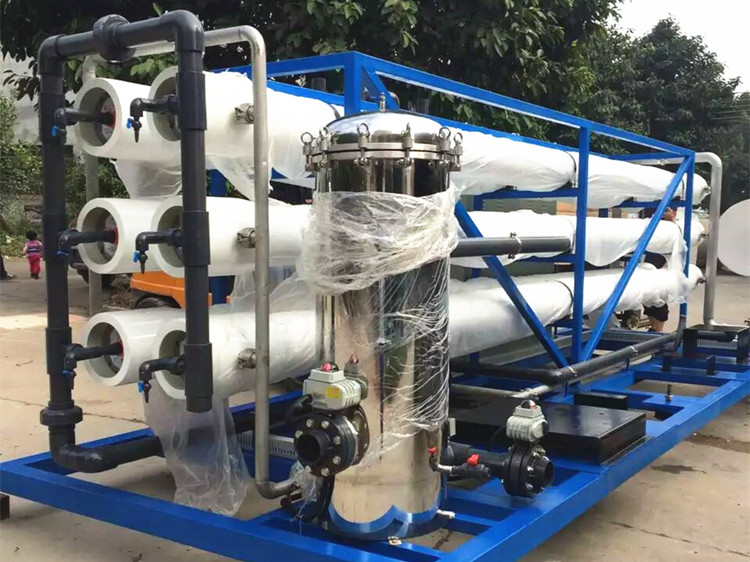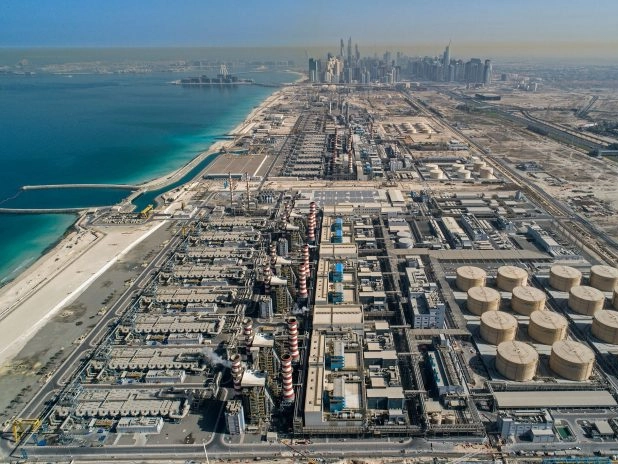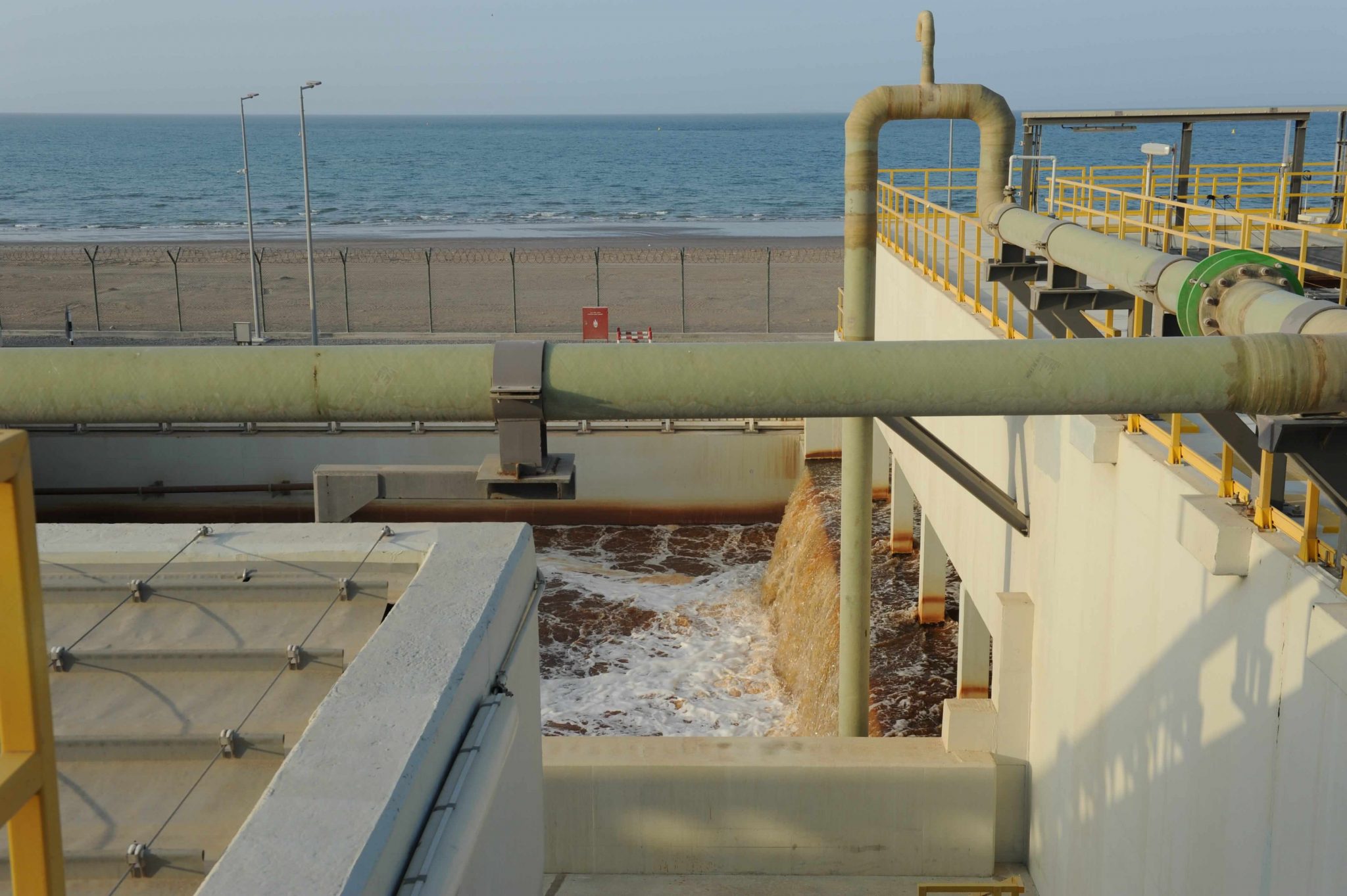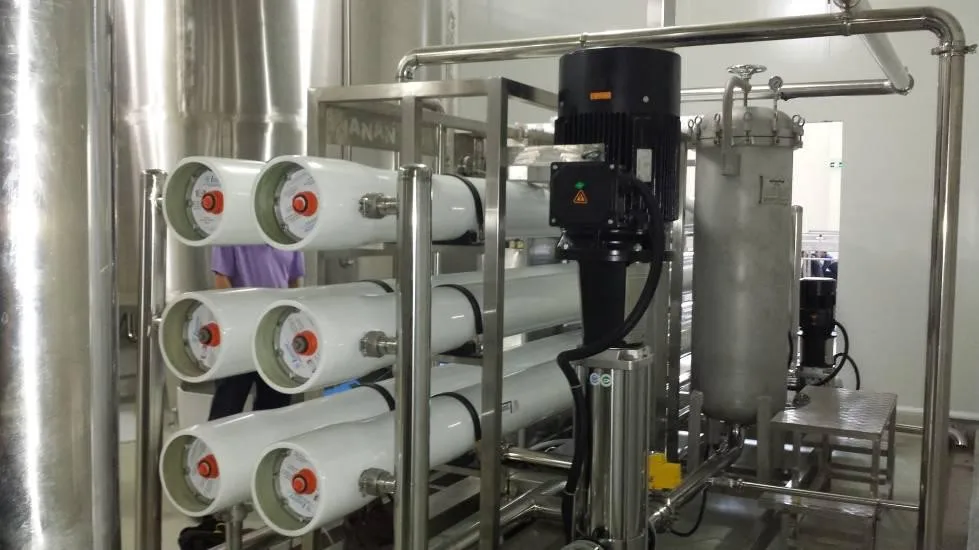How does the watermaker seawater desalination boat cope with different marine environmental conditions?
As the global water shortage problem becomes increasingly severe, desalination technology has become one of the important means to solve the shortage of fresh water resources. At sea, seawater desalination boat, as a flexible and mobile seawater desalination facility, has unique advantages and application prospects. However, different marine environmental conditions pose challenges to seawater desalination boats. This article will explore how the seawater desalination boat responds to different marine environmental conditions and reveal its coping strategies and working principles.
1. Working principle of seawater desalination boat
The seawater desalination boat uses seawater desalination technology such as reverse osmosis technology or distillation technology to remove salt and impurities from seawater to produce fresh water. Its main working principles include:
Seawater collection: The seawater desalination boat pumps seawater into the treatment system on the ship through its own water pump.
Pretreatment: Seawater undergoes a pretreatment process, including filtration, disinfection and other steps to remove suspended particles and microorganisms in the water to protect the normal operation of subsequent equipment.

Desalination: Seawater enters a reverse osmosis device or distillation equipment and undergoes high-pressure filtration or distillation evaporation to separate salt and impurities from the water to produce fresh water.
Freshwater storage and distribution: The freshwater produced is stored and piped to where it is needed for drinking water supply, agricultural irrigation and other purposes.
2. Respond to the challenges of different marine environmental conditions
seawater desalination boats face challenges under different marine environmental conditions, including:
Seawater temperature: Seawater temperature has a great impact on desalination efficiency. In polar seas with lower temperatures, seawater desalination boats need to add heating equipment to increase the temperature of seawater to improve desalination efficiency. In tropical seas, you need to consider preventing seawater from overheating and overloading equipment.
Seawater salinity and impurity content: There may be differences in seawater salinity and impurity content in different sea areas. The operating parameters and treatment processes of seawater desalination equipment need to be adjusted accordingly to ensure the quality and production of fresh water.

Waves and sea conditions: Strong winds, waves and bad sea conditions may affect the stable operation of seawater desalination equipment. The seawater desalination boat needs to take corresponding protective measures to ensure the safety of equipment and personnel, and at the same time adjust the navigation route in a timely manner to avoid harsh sea conditions.
Seawater pollution and biological impacts: Seawater pollution and biological impacts may exist in certain sea areas, such as oil pollution, algae growth, etc. The seawater desalination boat needs to be equipped with corresponding pollution prevention equipment to protect the seawater desalination equipment from pollution and prevent marine life from causing damage to the equipment.

3. Coping strategies and technological innovation
In order to cope with the challenges of different marine environmental conditions, seawater desalination boats can adopt a series of coping strategies and technological innovations, including:
Diversified technology applications: seawater desalination boats can use a variety of seawater desalination technologies, such as reverse osmosis technology, distillation technology, ion exchange technology, etc., to adapt to desalination needs under different marine environmental conditions.
Intelligent control system: Introduce an intelligent control system to monitor the operating status of seawater desalination equipment and marine environmental conditions in real time, realize automatic adjustment and optimized operation, and improve the adaptability and stability of the equipment.
Material and structural optimization: Use advanced materials and structural design to improve the corrosion resistance and marine environment impact resistance of seawater desalination equipment, and extend the service life of the equipment.

4. Development prospects and prospects
With the continuous advancement of technology and the accumulation of application experience, the seawater desalination boat's ability to cope with different marine environmental conditions will continue to improve. In the future, with the continuous development and maturity of seawater desalination technology, seawater desalination boats will become one of the important means to solve the global shortage of freshwater resources, providing reliable solutions to desalination needs under marine environmental conditions.




